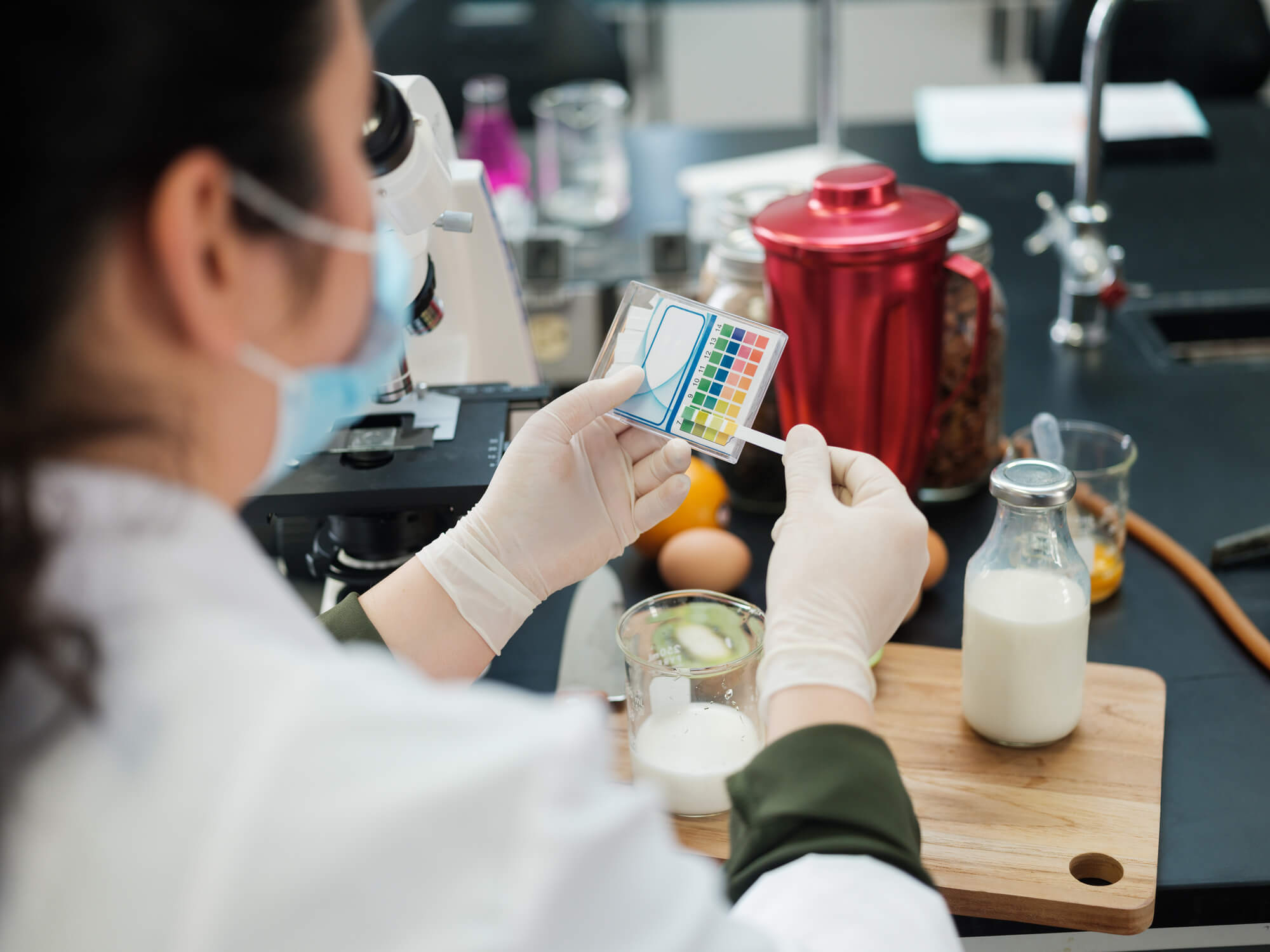Food production engineering basics
Overall Course Objectives
The course gives the students a substantial theoretical knowledge of food technology with basis in assessing physical properties of food products including their rheology and texture. Particular emphasis is on theories and basic engineering calculations for assessing composition and processing times for central unit processes in food production, including heating and cooling of solid food, freezing, drying and membrane separation. Furthermore, the course gives the students sufficient knowledge about thermo-microbiology to be able to integrate this knowledge in evaluating the results of calculations of food processes.
Learning Objectives
- Estimate the physical properties of a foodstuff according to its composition.
- Identify the basic heat and mass transfer mechanisms occurring during food processing.
- Describe the physical meaning of the variables and parameters involved in a process, and predict their influence on the processing time.
- Predict processing times for heating, cooling, freezing drying, salting and membrane separation under simplified assumptions.
- Assess whether a process has reached the steady state.
- Apply reaction and inactivation kinetics to predict the effect of thermal processes on product quality, safety and shelf life.
- Identify possible problems of product safety and product quality and propose plausible solutions.
- Describe the steady shear and viscoelastic behavior of food materials and the use of rheological parameters in food processing calculations and food product development
Course Content
– Calculation of composition and physical properties of foods.
– Unsteady-state heat transfer.
– Calculation of microbial inactivation and F-values.
– Rheological measurements and food processing.
– Mechanical properties of solid foods.
– Reaction kinetics during food processing.
– Freezing.
– Salting.
– Membrane separation.
– Drying.
Recommended prerequisites
The students are expected to be familiar with basic engineering concepts, both mathematical (e.g. solving algebraic equations, changes of variables) and physical (e.g. density, temperature); as well as the use of spreadsheets.
Teaching Method
Lectures and calculation exercises.
Faculty
Remarks
The course is strongly recommended for students on the MSc in Food Technology who do not have qualifications equivalent to what is obtained in the course or in course 23711.



